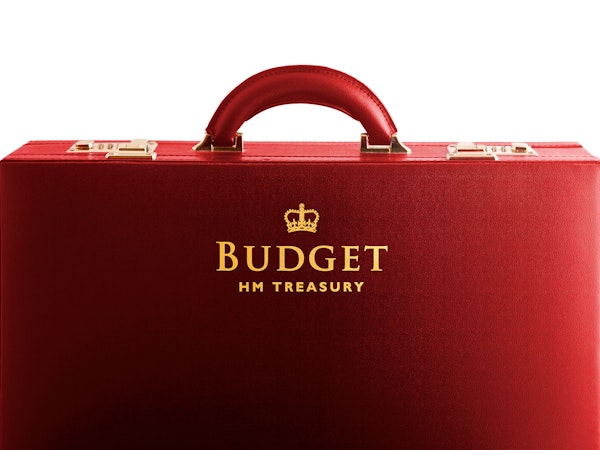What price tax reliefs?
When you look at your annual tax statement, have you ever wondered about the overall cost of the tax reliefs you enjoy? HMRC has published its latest annual assessment of the cost of various tax reliefs, and there are some eye-opening numbers.

If you were the Chancellor of the Exchequer, looking for a way to squeeze some extra money out of taxpayers, you might well start by examining what the Treasury ‘loses’ as a result of the many different tax reliefs granted. In October HMRC published just the information you need in a new set of cost estimates for the main reliefs.
The reliefs are split into two categories:
- Structural, which as the name suggests are largely integral parts of the tax system, such as the personal allowance and inheritance tax nil rate band.
- Non-structural, which are reliefs HMRC says are designed “to help or encourage particular types of individuals, activities or products in order to achieve economic or social objectives”. Examples include the tax reliefs for ISAs and the capital gains tax main residence exemption.
By far the most expensive relief is the personal allowance, which carries a price tag of £113bn in 2019/20. To put that into context, cutting basic rate tax by 1p in the pound would cost the Treasury about £5.6bn. The £100bn+ cost has already prompted one think tank to suggest that the personal allowance should be scrapped, with the savings redistributed so that less benefit goes to higher rate taxpayers.
After the personal allowance, the combined income tax and national insurance contribution (NIC) reliefs given to pensions is the second most costly ‘giveaway’. Income tax reliefs are worth £21.2bn in the current tax year, with the NIC exemption for employer pension contributions adding another £18.7bn. A total cost of almost £40bn explains why cuts to pension reliefs are so often on the list of Budget rumours.
HMRC’s latest tally includes no less than 362 non-structural reliefs, although only just under a third of that total are costed. It is little wonder that tax saving opportunities are overlooked, given that large number. When we do get to the post-election Budget, a new government may need to balance generosity with revenue-raising even more carefully. All the more reason to take professional advice.





